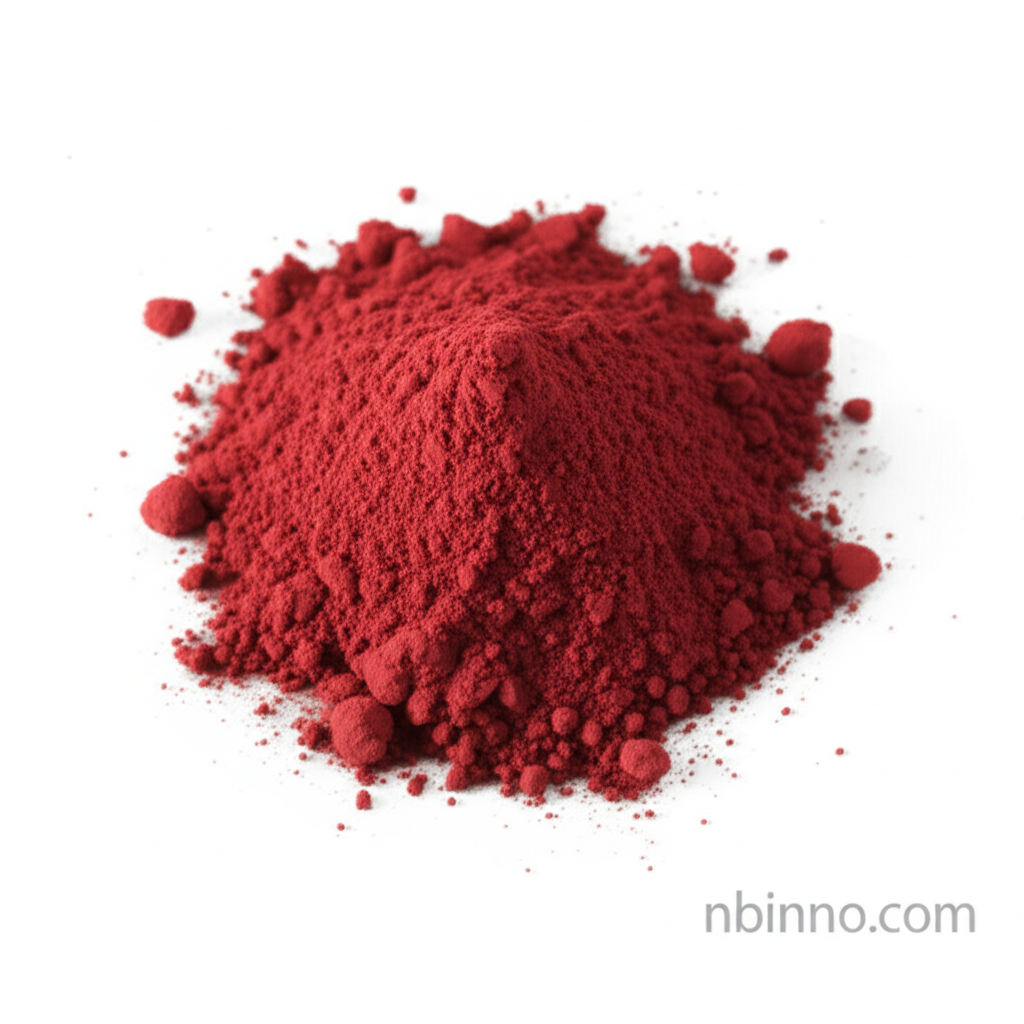Chromium(II) Acetate Monohydrate Dimer: Properties and Applications
Explore the properties and uses of Chromium(II) Acetate Monohydrate Dimer (CAS 14976-80-8), a key fine chemical for advanced organic synthesis and reduction reactions.
Get a Quote & SampleProduct Core Value

Chromium(II) acetate dimer monohydrate
As a reliable supplier in China, we offer Chromium(II) Acetate Monohydrate Dimer (CAS 14976-80-8), a versatile compound vital for various chemical processes. Its unique properties make it an important raw material and intermediate in complex synthetic pathways.
- Discover the utility of Chromium(II) acetate dimer applications in advanced organic synthesis, leveraging its capabilities as a reducing agent.
- Understand the critical importance of proper chromium(II) acetate storage due to its sensitivity to air, ensuring its efficacy.
- Learn about the distinct chromium(II) acetate properties, including its deep red powder appearance and reactivity.
- Explore its role as a key component in dehalogenation reactions and other reduction processes within organic chemistry.
Advantages Offered
Effective Reducing Agent
This compound is recognized for its capability to reduce reactive carbon-halogen bonds, making it a valuable tool for organic chemists aiming to simplify complex molecules efficiently.
Controlled Reactivity
While highly effective, its air sensitivity necessitates careful handling and storage, allowing for controlled reactions when precise conditions are maintained, essential for achieving high purity results.
Versatile Intermediate
Serving as an important raw material and intermediate, it facilitates the synthesis of various other chemical compounds, contributing to the development of new materials and pharmaceuticals.
Key Applications
Organic Synthesis
Leverage its power as a key reducing agent in organic synthesis, facilitating the reduction of various functional groups and enabling complex molecular transformations.
Dehalogenation Reactions
Utilize its specific ability to cleave carbon-halogen bonds in molecules like allylic and benzylic halides, a crucial step in many synthetic routes.
Specialty Chemical Production
It serves as an essential intermediate for creating more complex specialty chemicals, highlighting its foundational role in the fine chemical industry.
Research and Development
Researchers find value in its well-defined properties for exploring new reaction pathways and developing innovative chemical processes.
